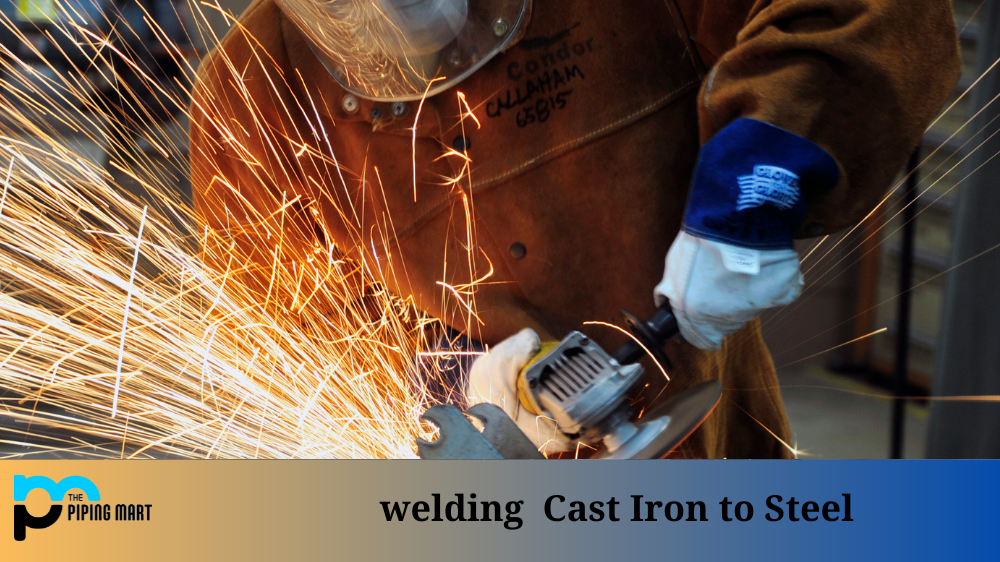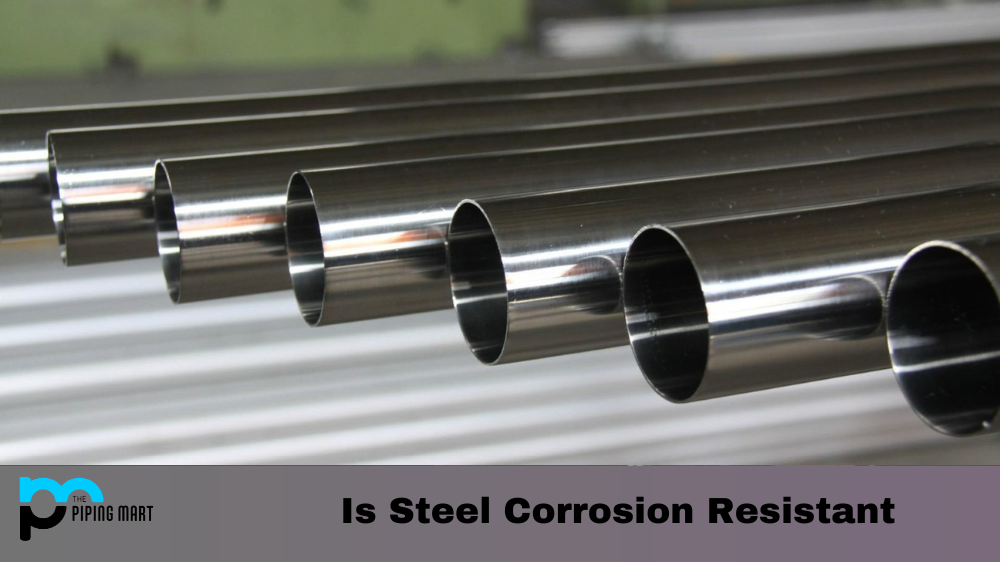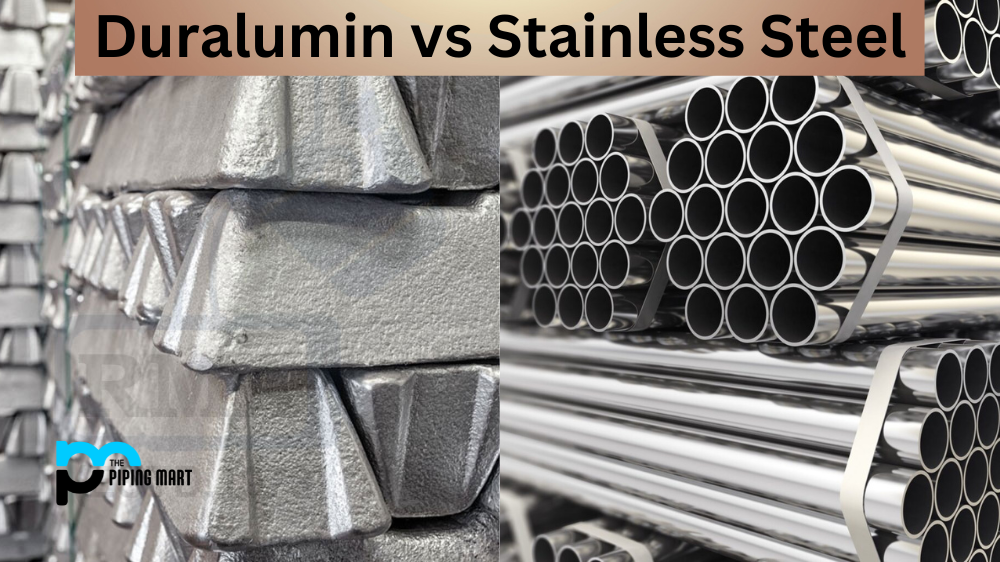Whether you’re a professional welder or a weekend hobbyist, welding cast iron to steel can be tricky and requires knowledge of the right techniques and materials. It is important to understand that these two materials have different properties and require different welding strategies. This guide will help you understand the methods and skills necessary for joining cast iron to steel.
Equipment and Tools Needed
The first step in welding cast iron to steel is having the correct equipment on hand. When welding these two metals, a MIG welder with the appropriate settings is best suited for the job. You should also make sure your gas mixture has more argon than carbon dioxide in it, as this will provide more protection against oxidation. Additionally, use stainless steel wire, as this will help prevent corrosion. Lastly, make sure to wear protective gear like gloves, safety goggles, and a face mask when working with these metals, as they can create dangerous fumes when heated.
Preparing the Metals
Once you’ve gathered all the necessary tools and equipment for this project, it’s time to prepare your metals for joining. Start by cleaning both surfaces thoroughly using an angle grinder or sandpaper; any dirt particles or debris will interfere with the welding process. Make sure you remove them completely before continuing with this step. After this, use a flux-cored wire brush to remove any rust or corrosion from both surfaces; this will also help ensure that your weld holds firmly after completion. Finally, use a hand file to smooth out any rough areas on either metal; this will help minimize potential issues during welding, such as cracking or warping of the pieces being joined together.
Welding Process
Now that your metals are prepped and ready for joining, it’s time to start the welding process! Begin by setting up your MIG welder according to manufacturer instructions; if you’re unsure about how this should be done, then consult your user manual for guidance. Once everything is set up properly, start welding at one end of your joint; move slowly along each edge, making sure not to overlap too much, as this could cause unnecessary heat build-up, which may result in the warping of either piece being joined together. Once finished with one side of your joint, repeat these steps on the other while keeping an eye on any potential hot spots that may appear during welding; if any do appear, then adjust accordingly until they are gone before continuing with the process. Finally, allow time for cooling before handling pieces following completion of welds; typically, 15 minutes is sufficient but always refer back to manufacturer instructions if unsure about cooling times needed for particular projects being worked on at any given time.
- The first step in welding cast iron to steel is to clean the surfaces of the metals that will be joined. This can be done by sandblasting, grinding, or using a wire brush.
- Once the surfaces are clean, they need to be heated to the proper temperature. This can be done with a torch or an induction heater.
- Once the metals are at the proper temperature, a filler metal must be added. The filler metal should have a lower melting point than the metals being joined so that it will melt and flow into the joint.
- The next step is to apply pressure to the joint while it cools. This can be done with clamps, welding tongs, or a vise.
- Finally, the joint needs to be inspected for defects and repaired.
Conclusion:
Welding cast iron to steel can be daunting without proper knowledge and understanding of these two distinct materials and their different properties but armed with information from this guide, you now possess essential skills required for completing projects involving joining cast iron and steel together! Always follow manufacturer instructions carefully when setting up the MIG welder before beginning work—this will ensure safety measures are taken into consideration, so no one gets hurt while working on such jobs! Happy Welding!

Pipingmart is a B2B portal that specializes in metal, industrial and piping items. Additionally, we share the latest information and information about materials, products and various types of grades to assist businesses that are involved in this business.




